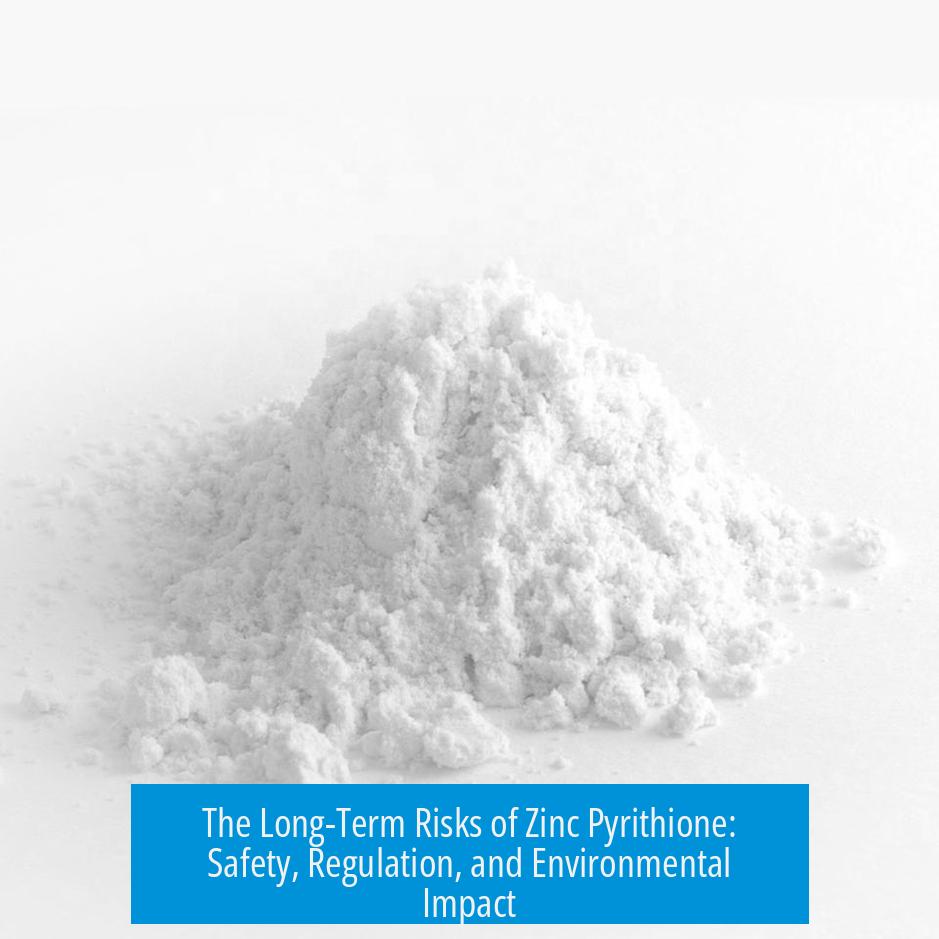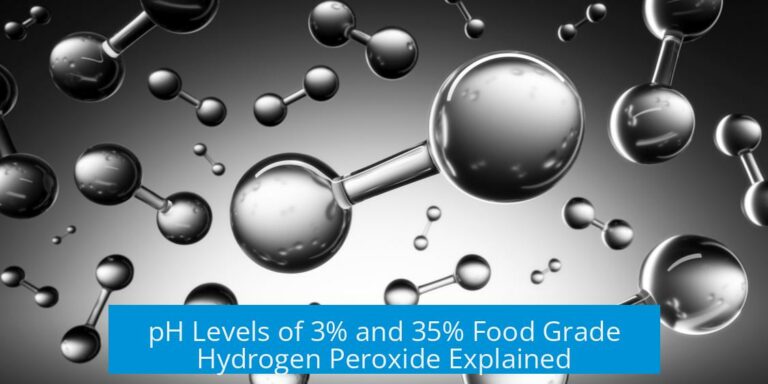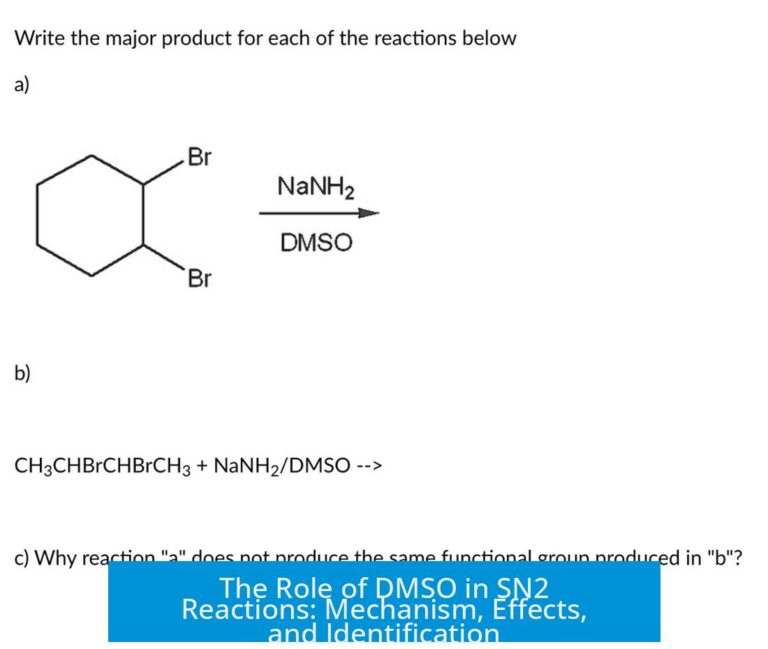How Harmful is Zinc Pyrithione in the Long Term?
Zinc Pyrithione (ZPT) is considered largely safe for consumer use at regulated levels, but concerns remain regarding its potential reproductive toxicity and environmental impact.
Safety in Consumer Products
Zinc Pyrithione has been used in anti-dandruff shampoos and topical treatments for over 60 years. Various studies and regulatory reviews confirm that it poses no harm at concentrations allowed in consumer products. The European Union’s Scientific Committee on Consumer Safety (SCCS) concluded in 2020 that shampoos containing less than 1% Zinc Pyrithione are safe for consumers. Moreover, clinical evidence supports its safety in topical treatments, such as ointments prescribed for seborrheic dermatitis.
Regulatory and Toxicological Concerns
ZPT is classified as a substance with reproductive toxicity potential, mainly due to its capacity to cause DNA damage in specific conditions. It is important to understand that this classification is precautionary and not based on observed harm at consumer use levels. Regulatory agencies, especially in the EU, have banned its use in cosmetics, motivated largely by the availability of safer alternatives and concerns over occupational exposure risks during manufacturing and formulation.
- ZPT poses no significant risk to consumers in regulated doses.
- Workers handling concentrated ZPT may face higher risks.
- Regulations favor safer substitutes to minimize overall exposure.
Environmental and Long-Term Biological Effects
Long-term ecological effects of Zinc Pyrithione are under-researched. Studies document toxicity to various organisms in both laboratory and real-world settings. However, mechanisms and impacts of chronic environmental exposure remain unclear. This highlights the need for further ecotoxicological research to better assess risks and manage environmental safety.
Summary of Key Points
- Zinc Pyrithione is safe in regulated consumer products for topical use.
- EU banned ZPT due to potential DNA damage and reproductive toxicity classifications.
- Safer substitutes exist, reducing occupational and formulation hazards.
- Long-term environmental effects require more investigation.





Leave a Comment